Effect of Acidithiobacillus ferrooxidans on Humic-Acid Passivation Layer on Pyrite Surface
Abstract
:1. Introduction
2. Materials and Methods
2.1. Pyrite Samples
2.2. Bacteria and Culture Medium
2.3. Adsorption Experiments
2.4. Leaching Experiments
2.5. Preparation of Atomic-Force Microscopy (AFM) Samples
2.6. Extraction and Determination of Bacterial EPS Layer
3. Results and Discussion
3.1. Visual Characteristics of Humic-Acid Layer on Pyrite Surface
3.2. Oxidation of Pyrite with Humic-Acid Layer
3.3. Adsorption of Bacteria onto Pyrite
3.4. Effect of Humic-Acid on Bacterial Surface EPS
3.5. Mechanism of Interaction between Bacteria and Humic-acid Layer
4. Conclusions
Author Contributions
Funding
Acknowledgments
Conflicts of Interest
References
- Large, R.R.; Bull, S.W.; Valeriy Maslennikov, V.V. A Carbonaceous Sedinentary Source-Rock Model for Carlin-Type and Orogenic Gold Deposits. Econ. Geol. 2011, 106, 331–358. [Google Scholar] [CrossRef]
- Cook, N.J.; Chryssoulis, S.L. Concentrations of invisible gold in the common sulfides. Can. Miner. 1990, 28, 1–16. [Google Scholar]
- Pyke, B.L.; Johnston, R.F.; Brooks, P. The characterization and behavior of carbonaceous material in a refractory gold bearing ore. Miner. Eng. 1999, 12, 851–862. [Google Scholar] [CrossRef]
- Radtke, A.S.; Scheiner, B.J. Studies of hydrothermal gold deposition (I), carlin gold deposit Nevada: The role of carbonaceous materials in gold deposition. Econ. Geol. 1976, 65, 87–102. [Google Scholar] [CrossRef]
- Nelson, J.H.; Macdougall, J.J.; Baglin, F.G.; Freeman, D.W.; Nadler, M.; Hendrix, J.L. Characterization of Carlin-Type Gold Ore by Photoacoustic, Raman, and EPR Spectroscopy. Appl. Spectrosc. 1982, 36, 574–576. [Google Scholar] [CrossRef]
- Temminghoff, E.J.M.; Van der Zee, S.E.A.T.M.; de Haan, F.A.M. Copper mobility in a copper-contaminated sandy soil as affected by pH and solid and dissolved organic matter. Environ. Sci. Technol. 1997, 31, 1109–1115. [Google Scholar] [CrossRef]
- Murphy, E.M.; Zzchara, J.M. The role of sorbed humic substances on the distribution of organic and inorganic contaminants in groundwater. Geoderma 1995, 67, 103–124. [Google Scholar] [CrossRef]
- Bennett, J.W.; Ritchie, A.I.M. A proposed technique for measuring in situ the oxidation rate in bio-oxidation and bio-leach heaps. Hydrometallurgy 2004, 72, 51–57. [Google Scholar] [CrossRef]
- Brierley, J.A. Response of microbial systems to thermal stress in biooxidation-heap pretreatment of refractory gold ores. Hydrometallurgy 2003, 71, 13–19. [Google Scholar] [CrossRef]
- Pradhan, N.; Nathsarma, K.C.; Rao, S.K.; Sukla, L.B.; Mishra, B.K. Heap bioleaching of chalcopyrite: A review. Miner. Eng. 2008, 21, 355–365. [Google Scholar] [CrossRef]
- Cruz, F.L.S.; Oliveira, V.A.; Guimarães, D.; Souza, A.D.; Leão, V.A. High-temperature bioleaching of nickel sulfides: Thermodynamic and kinetic implications. Hydrometallurgy 2010, 105, 103–109. [Google Scholar] [CrossRef]
- Liu, Y.G.; Zhou, M.; Zeng, G.M.; Wang, X.; Fan, T.; Xu, W.H. Bioleaching of heavy metals from mine tailings by indigenous sulfur-oxidizing bacteria: Effects of substrate concentration. Bioresour. Technol. 2008, 99, 4124–4129. [Google Scholar] [CrossRef] [PubMed]
- Belzile, N.; Maki, S.; Chen, Y.W.; Goldsack, D. Inhibition of pyrite oxidation by surface treatment. Sci. Total. Environ. 1997, 196, 177–186. [Google Scholar] [CrossRef]
- Acai, P.; Sorrenti, E.; Gornerb, T.; Polakovic, M.; Kongolo, M.; de Donato, P. Pyrite passivation by humic-acid investigated by inverse liquid chromatography. Colloid Surf. A Physicochem. Eng. 2009, 337, 39–46. [Google Scholar] [CrossRef]
- Lalvani, S.B.; DeNeve, B.A.; Weston, A. Prevention of Pyrite Dissolution in Acidic Media. Corrosion 1991, 47, 55–61. [Google Scholar] [CrossRef]
- Fein, J.B.; Boily, J.; GüÇlü, K.; Kaulbach, E. Experimental study of humic-acid adsorption onto bacteria and Al-oxide mineral surfaces. Chem. Geol. 1999, 162, 33–45. [Google Scholar] [CrossRef]
- Zhou, J.; Niu, Y.; Qiu, G.; Qin, W. Protein content of mineral-adhered bacterium by ninhydrin colorimetric method. J. Cent. South Univ. Technol. 2003, 34, 128–131. [Google Scholar]
- Xing, Y.; Gui, X.; Pan, L.; Pinchasik, B.E.; Cao, Y.; Liu, J.; Kappl, M.; Butt, H.J. Recent experimental advances for understanding bubble-particle attachment in flotation. Adv. Colloid Interface Sci. 2017, 246, 105–132. [Google Scholar] [CrossRef] [PubMed]
- Xing, Y.; Xu, M.; Gui, X.; Cao, Y.; Babel, B.; Rudolph, M.; Weber, S.; Kappl, M.; Butt, H.J. The application of atomic force microscopy in mineral flotation. Adv. Colloid Interface Sci. 2018, 256, 373–392. [Google Scholar] [CrossRef] [PubMed]
- Frølund, B.; Palmgren, R.; Keiding, K.; Nielsen, P.H. Extraction of extracellular polymers from activated sludge using a cation exchange resin. Water Res. 1996, 30, 1749–1758. [Google Scholar] [CrossRef]
- Vakondios, N.; Koukouraki, E.E.; Diamadopoulos, E. Effluent organic matter (EfOM) characterization by simultaneous measurement of proteins and humic matter. Water Res. 2014, 63, 62–70. [Google Scholar] [CrossRef] [PubMed]
- Poglazova, M.; Mitskevich, I.; Kuzhinovsky, V. A spectrofluorimetric method for the determination of total bacterial counts in environmental samples. J. Microbiol. Meth. 1996, 24, 211–218. [Google Scholar] [CrossRef]
- Blake, R.C.; Shute, E.A.; Howard, G.T. Solubilization of minerals by bacteria: Electrophoretic mobility of Thiobacillus ferrooxidans in the presence of iron, pyrite, and sulfur. Appl. Environ. Microbiol. 1994, 60, 3349–3357. [Google Scholar] [PubMed]
- Sand, W.; Gehrke, T.; Jozsa, P.; Schippers, A. (Bio)chemistry of bacterial leaching—Direct vs. indirect bioleaching. Hydrometallury 2001, 59, 159–175. [Google Scholar] [CrossRef]
- Yu, R.; Ou, Y.; Tan, J.; Wu, F.; Sun, J.; Zhong, D. Effect of EPS on adhesion of Acidithiobacillus ferrooxidans on chalcopyrite and pyrite mineral surfaces. Trans. Nonferrous Met. Soc. China 2011, 21, 407–412. [Google Scholar] [CrossRef]
- Gehrke, T.; Telegdi, J.; Thierry, D.; Sand, W. Importance of Extracellular Polymeric Substances from Thiobacillus ferrooxidans for Bioleaching. Appl. Environ. Microbiol. 1998, 64, 2743–2747. [Google Scholar] [PubMed]
- Lehman, M.R.; O’Connell, S.P. Comparison of extracellular enzyme activities and community composition of attached and free-living bacteria in porous medium columns. Appl. Environ. Microbiol. 2002, 68, 1569–1575. [Google Scholar] [CrossRef] [PubMed]

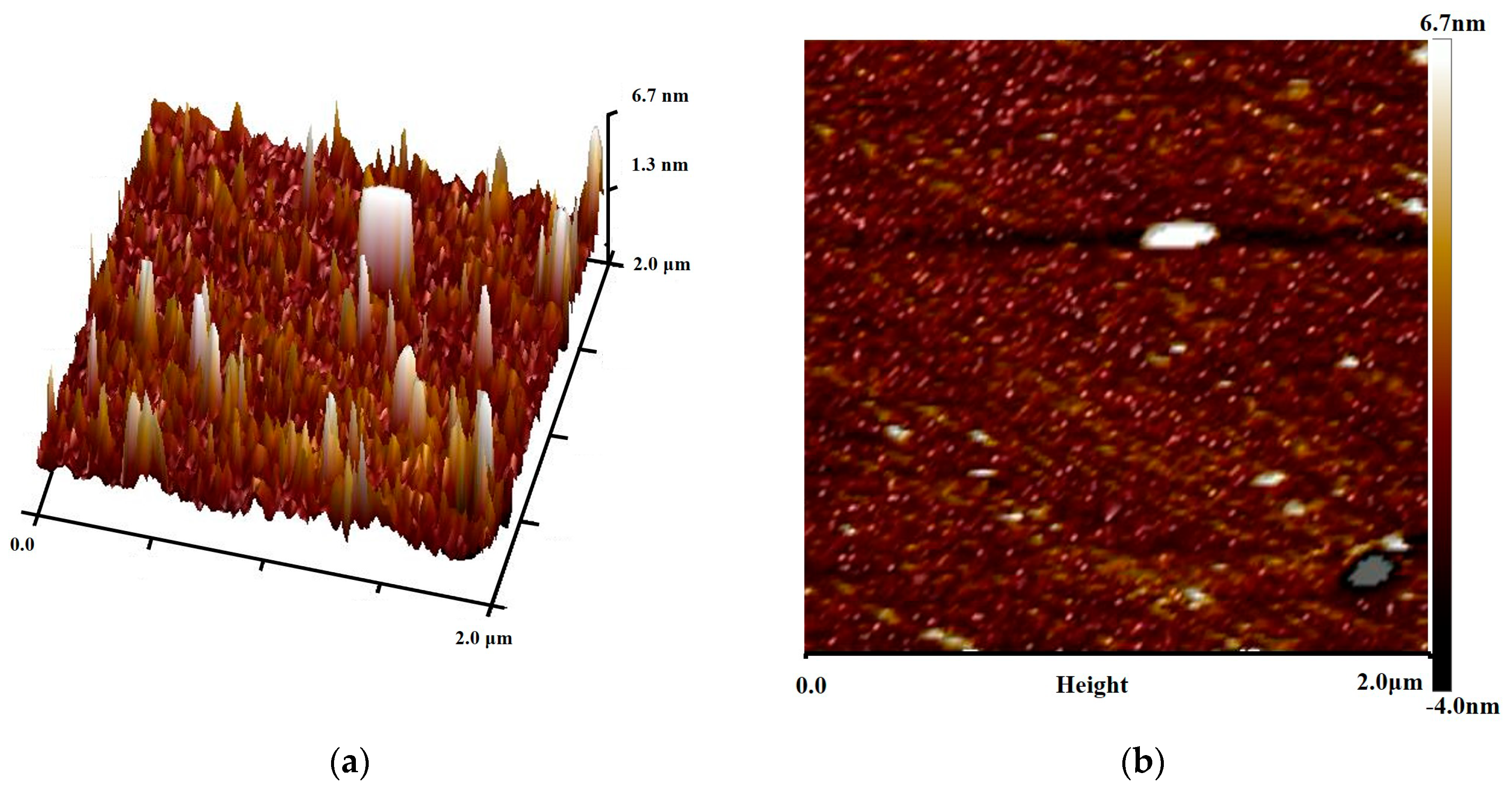
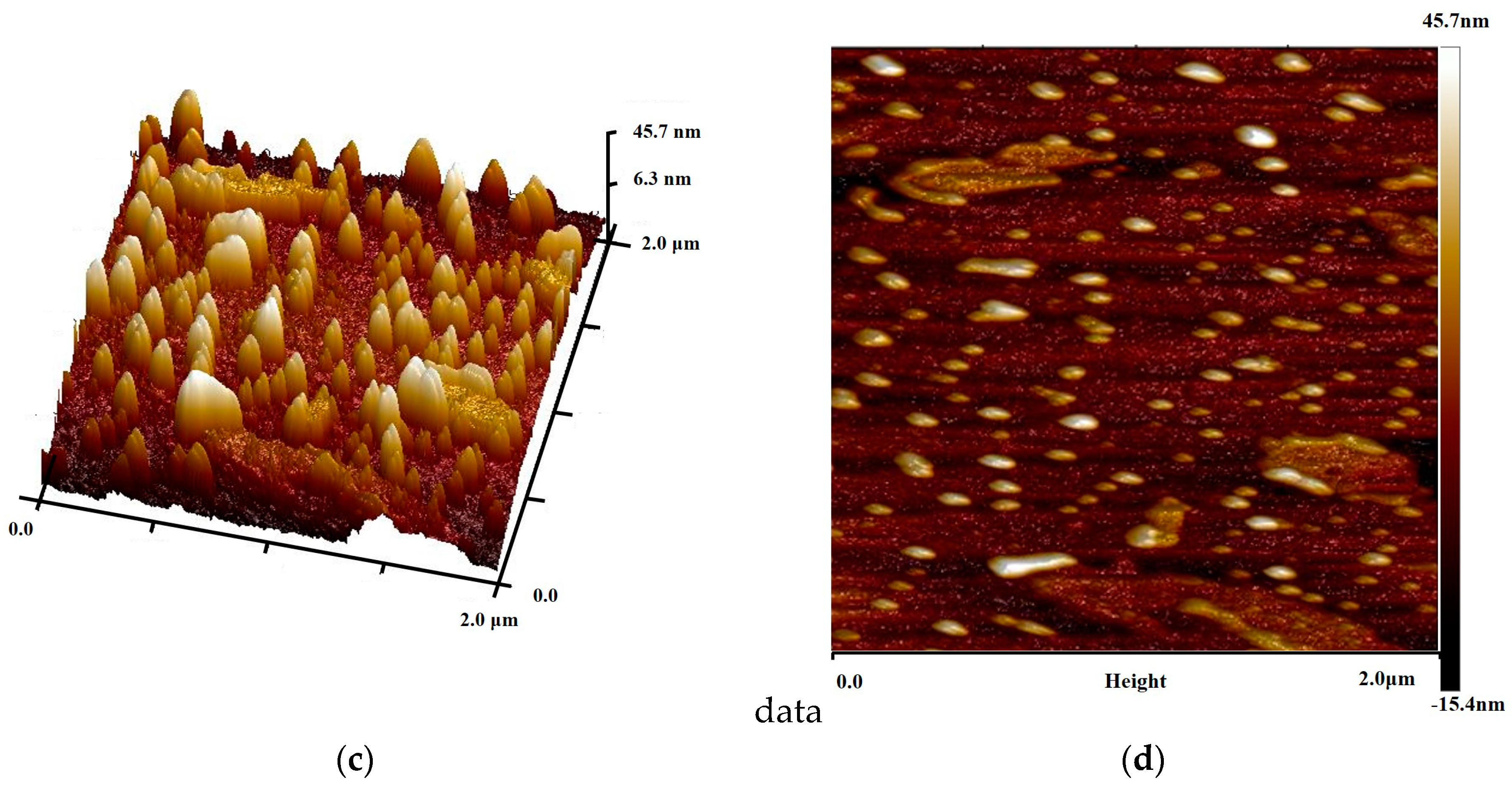


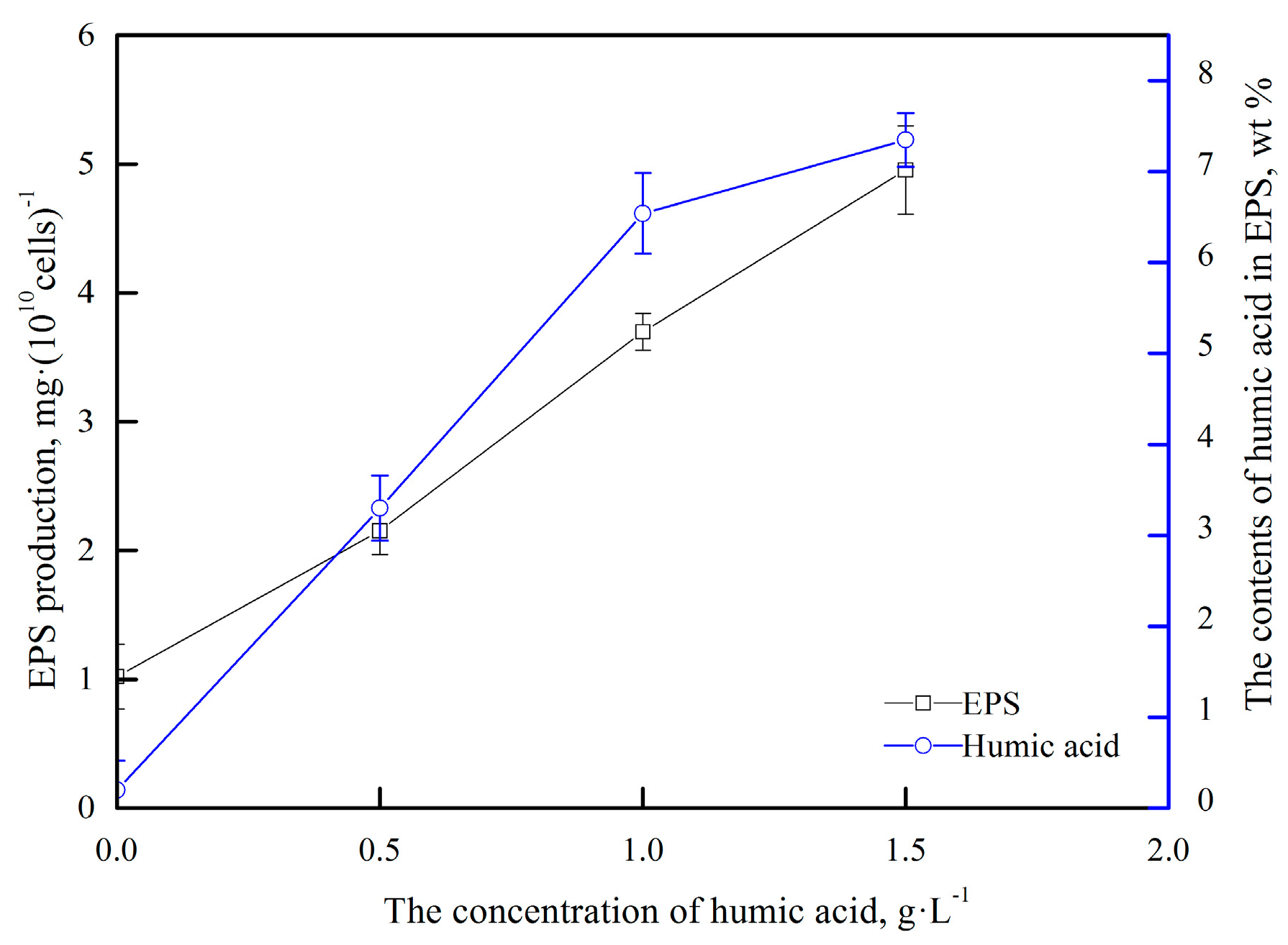

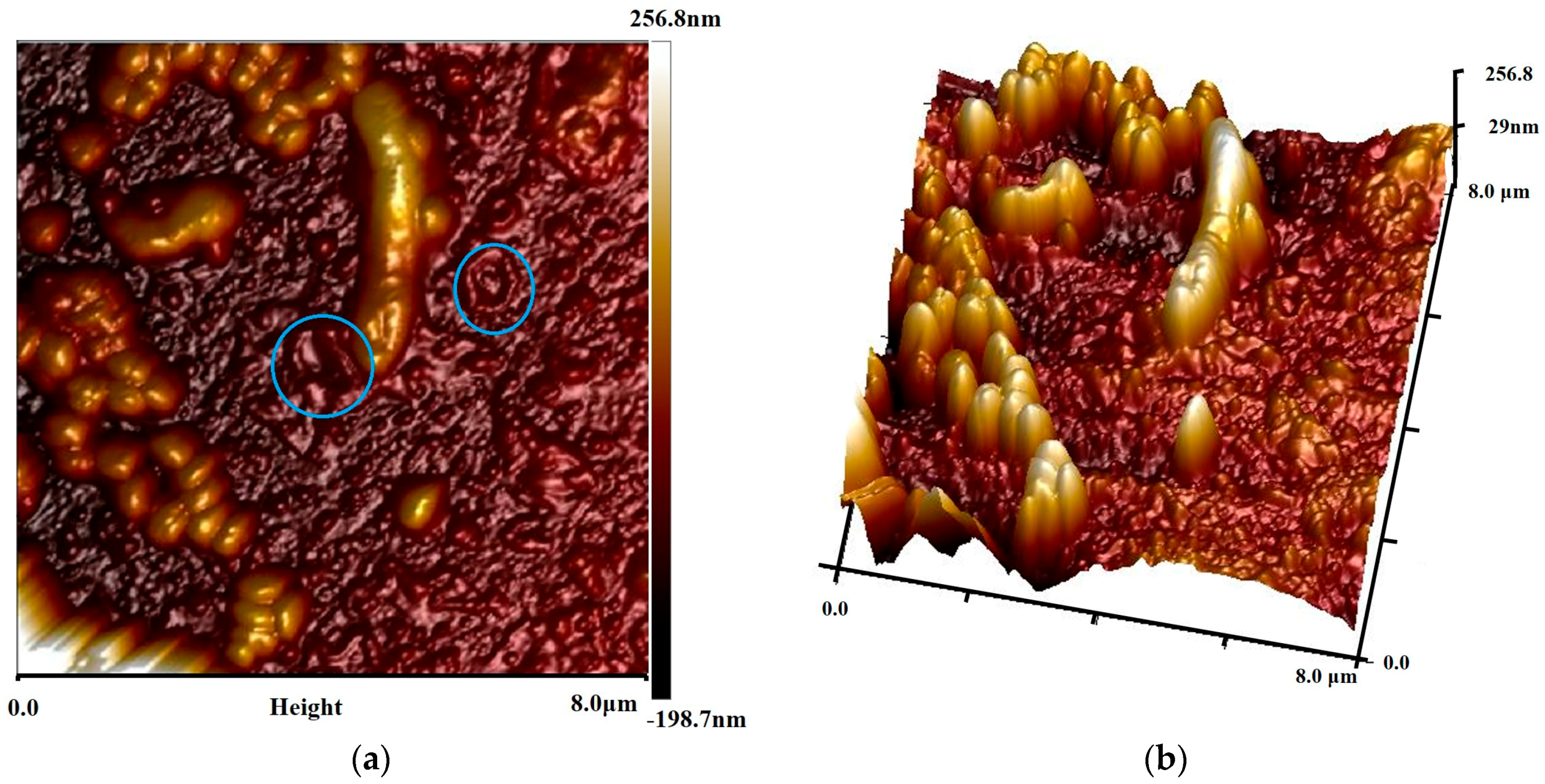

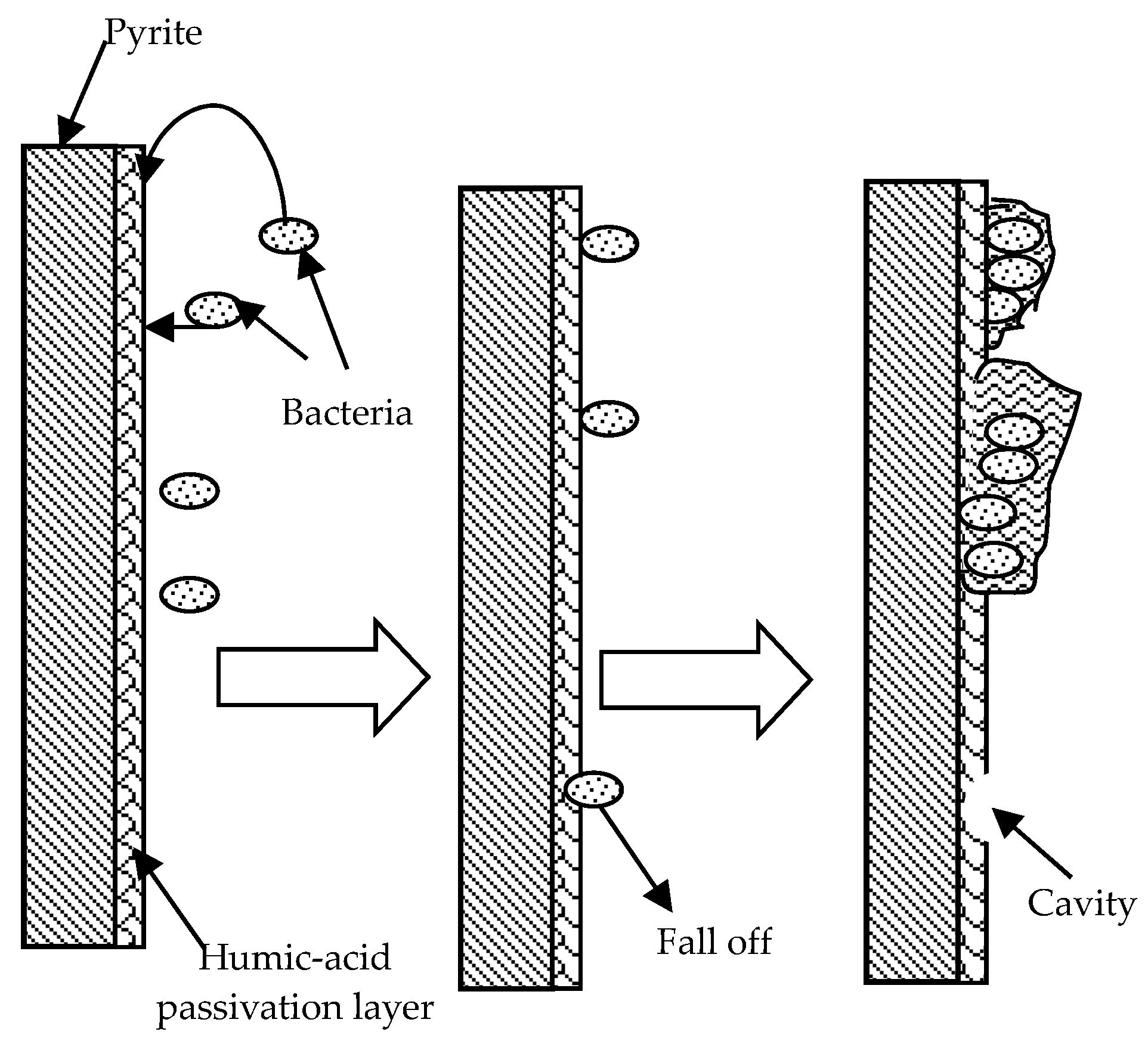
© 2018 by the authors. Licensee MDPI, Basel, Switzerland. This article is an open access article distributed under the terms and conditions of the Creative Commons Attribution (CC BY) license (http://creativecommons.org/licenses/by/4.0/).
Share and Cite
Yang, H.; Luo, W.; Gao, Y. Effect of Acidithiobacillus ferrooxidans on Humic-Acid Passivation Layer on Pyrite Surface. Minerals 2018, 8, 422. https://doi.org/10.3390/min8100422
Yang H, Luo W, Gao Y. Effect of Acidithiobacillus ferrooxidans on Humic-Acid Passivation Layer on Pyrite Surface. Minerals. 2018; 8(10):422. https://doi.org/10.3390/min8100422
Chicago/Turabian StyleYang, Hongying, Wenjie Luo, and Ying Gao. 2018. "Effect of Acidithiobacillus ferrooxidans on Humic-Acid Passivation Layer on Pyrite Surface" Minerals 8, no. 10: 422. https://doi.org/10.3390/min8100422



